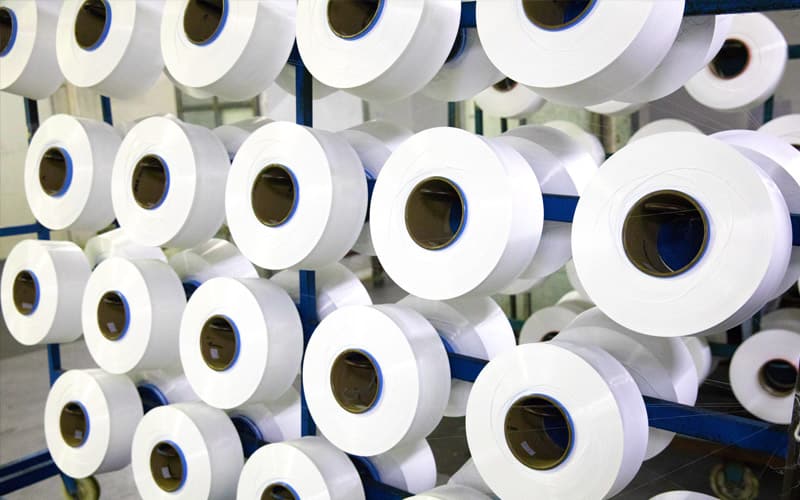Since the implementation of the reform and opening up r […]
Since the implementation of the reform and opening up route in 1978, China has always regarded the introduction of foreign capital and the revitalization of exports as the driving force of economic growth. The low exchange rate of the renminbi and a large amount of cheap labor have attracted European and American companies to invest and build factories in China to carry out export processing trade. As of 2007, China's GDP was second only to the United States, Japan, and Germany, ranking fourth in the world, and its foreign exchange reserves were as high as US$1.5 trillion. As a result, China has also gained the reputation of "World Factory", and "Made in China" has contributed high-quality and inexpensive products to the world.
However, the reputation of "world factory" cannot be long-lasting, because behind it means that China lacks its own brand and core technology. What China is doing is labor processing, and only the processing fees are earned, and the cost of this Chinese manufacturing is high. Input, high consumption, high pollution, low quality, low efficiency and low output. A more severe international economic situation is that in the past two years, under the overt or covert manipulation of the international financial oligarchs, the market prices of major raw materials such as oil, minerals, and grain have soared, which is greatly squeezing the meager profits of "Made in China". And savings. The appreciation of the renminbi and the increase in labor costs have gradually lost the comparative advantage of China's manufacturing industry.
Under such circumstances, China's original manufacturing model has come to a crossroads of transformation. From a macro perspective, the Chinese government is currently working hard to take measures to transform the economy from relying on exports of cheap products to relying on domestic demand for stable growth. Relying on technological innovation, reducing energy consumption, reducing environmental pollution, increasing employment, improving economic efficiency, and enhancing competitiveness, the “new manufacturing” that can achieve sustainable development has become a trend required by the international community and an important means of competition. . If the domestic demand of a country with a population of 1.3 billion is mobilized, China will undoubtedly realize the transformation from a "world factory" to a "world market."
